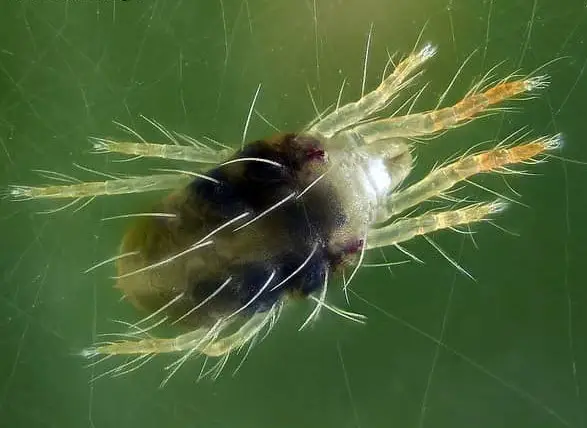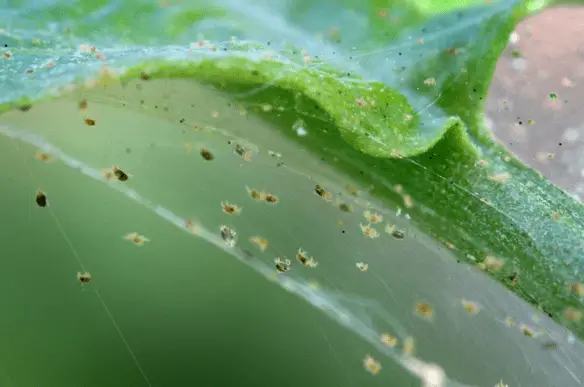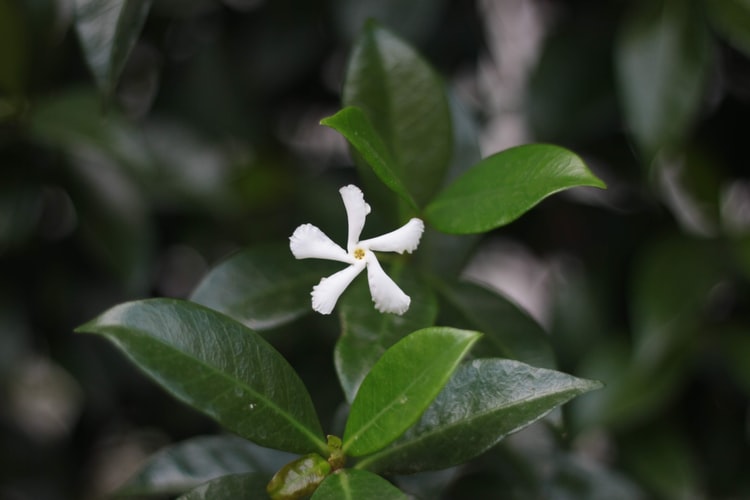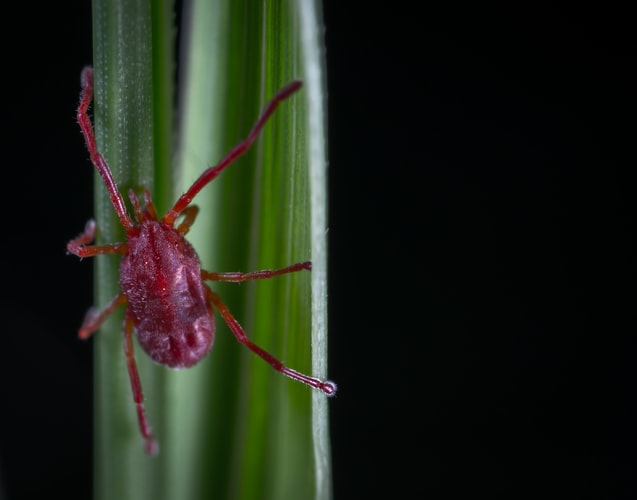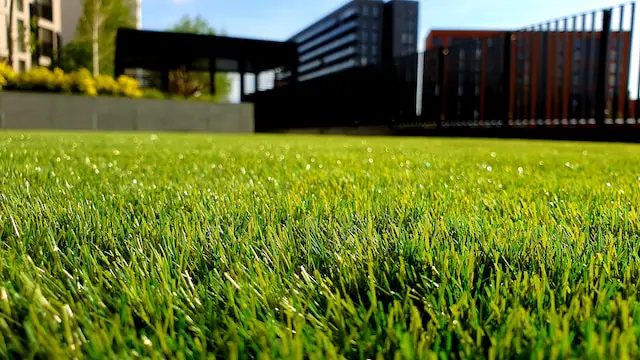
Hey there, fellow green thumbs! If you’re as passionate about maintaining the perfect lawn as I am, you know how frustrating it can be when pests and diseases suddenly invade your patch of paradise.
But don’t worry, I’m here to share all the secrets I’ve gathered over the years on how to protect your lawn from these little menaces. So, grab your gardening gloves, and let’s dive right in!
Know Your Enemy: Common Pests and Diseases
Before we tackle the problem, let’s identify the usual suspects:
- Grubs: The larvae of beetles, these guys munch on our grassroots.
- Chinch Bugs: Tiny bugs that suck the life out of our grass.
- Moles: Not a bug, but just as annoying. They dig tunnels and ruin our lawn’s structure.
- Brown Patch: A fungal disease causing circular brown patches.
- Red Thread: Another fungus that makes your grass look like it’s been through a shredder.
Natural Ways to Control Pests
1. Neem Oil
Neem oil is my go-to natural insecticide. It is so simple and very effective. Mix a few drops in a spray bottle with water and cover your lawn. Not only does it fend off bugs, but it’s also a fungicide. Talk about a two-for-one!
Read more: Can Neem Oil Kill Plants
2. Garlic and Chili Spray
If you’re feeling a little adventurous, this combo is sure to send those pests running. Blend a few cloves of garlic and a chili pepper, add water, and let the mixture sit overnight. Spray it on targeted areas the next day.
Chemical Warfare: When to Use Pesticides
I’m all about that organic life, but sometimes you’ve got to bring out the big guns. Always read labels and follow instructions. If you’re unsure, consult a professional.
Fungal Diseases: Tips for Treatment
Watering
Overwatering is the prime culprit here. One of the most important rules in watering is to water your lawn in the morning, so it has time to dry during the day. Preferably, early morning.
Aerate Your Lawn
Those spiky shoes aren’t a fashion statement; they actually help air, water, and nutrients penetrate the soil, discouraging fungal growth.
Aeration is a process that involves perforating the soil with small holes to allow air, water, and nutrients to penetrate down to the grassroots. Think of it as giving your lawn a little “breathing room.”
Why is Aeration Important?
When your lawn’s soil becomes compacted, it limits the ability of the grassroots to expand and makes it difficult for water and nutrients to be absorbed. Aeration can help resolve this by loosening up the soil, which encourages a healthier, more robust lawn.
Maintenance: Prevention is Better than Cure
- Mowing: Keep your mower’s blades sharp and never cut more than one-third of the grass height at a time.
- Fertilization: Use a balanced, slow-release fertilizer with nitrogen, phosphorus, and potassium.
- Clean Tools: Always clean your gardening tools to prevent the spread of diseases.
The Pro Tip: Know When to Seek Professional Help
If you’ve tried everything and your lawn still looks like a horror movie set, it may be time to call in the experts. A professional diagnosis can save you time and money in the long run.
Wrapping It Up
So there you have it, folks! With a bit of vigilance and these tried-and-tested tips, your lawn can look lush and healthy year-round. Now go on, unleash your inner gardener, and show those pests who’s boss!
Happy gardening!
If you found this article helpful, be sure to share it with your fellow lawn lovers and subscribe to our newsletter. And if you’ve got your own tips and tricks, drop them in the comments below. We’re all ears!

